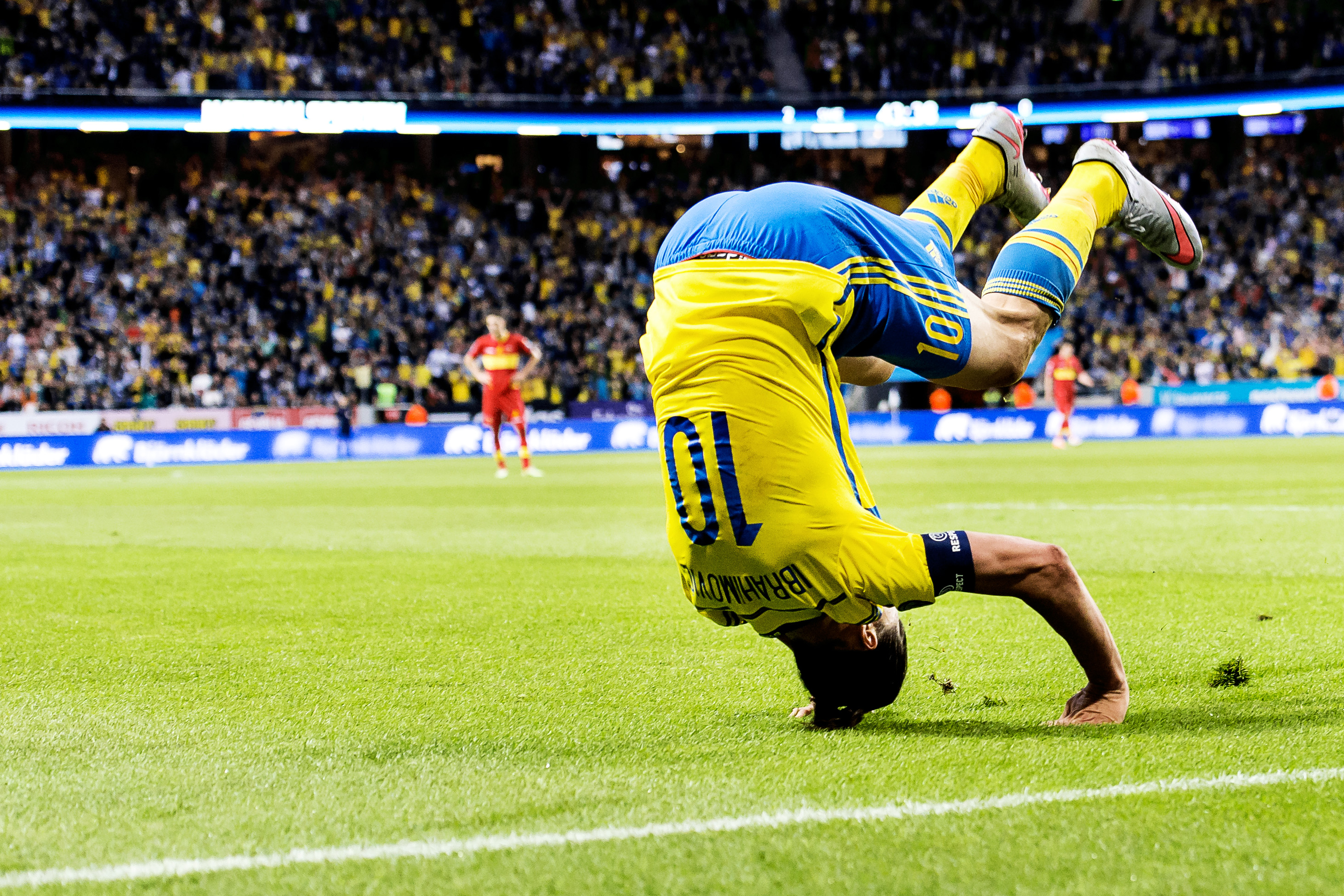When Prime Minister Stefan Löfven received US Vice President Joe Biden on 25 August, their meeting focused on global challenges. Special attention was given to the refugee situation and how to create sustainable conditions for peace and prosperity around the world.

”The relations between our countries are stronger than ever. We will continue to deepen our close cooperation and we have many common interests, as well as the ambition to show leadership in global challenges,” said Mr Löfven.
The US Vice President began with a historical retrospective of the good relations enjoyed by Sweden and the US, which go far back in time. He expressed gratitude for the visit to Sweden and spoke about the strong ties that exist between the countries, including when it comes to values. He also said that Sweden was one of the leading countries in the EU.

“Sweden is a close friend and an important partner to the US. Sweden has shown great leadership and human decency in the refugee issue, we hope that more countries will follow your example – Sweden is doing much more than can be expected of a country of your size,” said Mr Biden.
During the meeting, Mr Biden and Mr Löfven also spoke about the Global Deal initiative.

“We are pleased that the Vice President has assured us that the US will take part in the Global Deal. The Global Deal is a vision for how we can create win-win-win situations in a globalised world by governments, employers, companies and trade unions jointly tackling the problems in the global labour market. Decent work is not just a right. It also encourages productivity and growth,” said Mr Löfven.
Source: Regeringen.se/Photos: Sören Andersson
A few days ago I wrote in this blog about my friend Johan Norbergs new book: ‘Progress: Ten reasons to look forward to the future’.
Human life has improved in many ways, both recently, according to a Swedish economic historian, and in the 19th century.
Here is The Economist‘ article about my FB Friend Johan Norbergs new book,
“A tornado of evidence… a blast of good sense”
Read it (both the article and the book), here is a link to the article: The Economist: Better and better
We have spent a few days st the very top of Denmark – in beautiful Skagen.

This is a very special place that I highly recommend. Skagen has a beatiful scenary, small streets full of shops, great restaurants and wonderful museums.
We also went to Grenen where two oceabs, Skagerack and Kategatt, meet. A fascinating place.
Around 130 years ago Skagen was a colony for artists, painters, writers and composers. They came to Skagen from all over Scandinavia and Europe, to meet peets – but also due to the very specal light.
A lot of famous painters also made Skagen an exiting place in the 19th and 20th century. The most famous being P.S Krøyer, Michael Ancher and Anna Ancher.
The painters and cultural people all lived at Brøndums Hotel in Skagen, the place where we stayed this weekend.

In the Skagen museum you can see remarkable paintings from these years.
There are so many wonderful thongs to see in Skagen.
I have been in Skagen before but this was the best visit so far. We had great weather and a very nice time.
If you have chance – go there.










You must be logged in to post a comment.